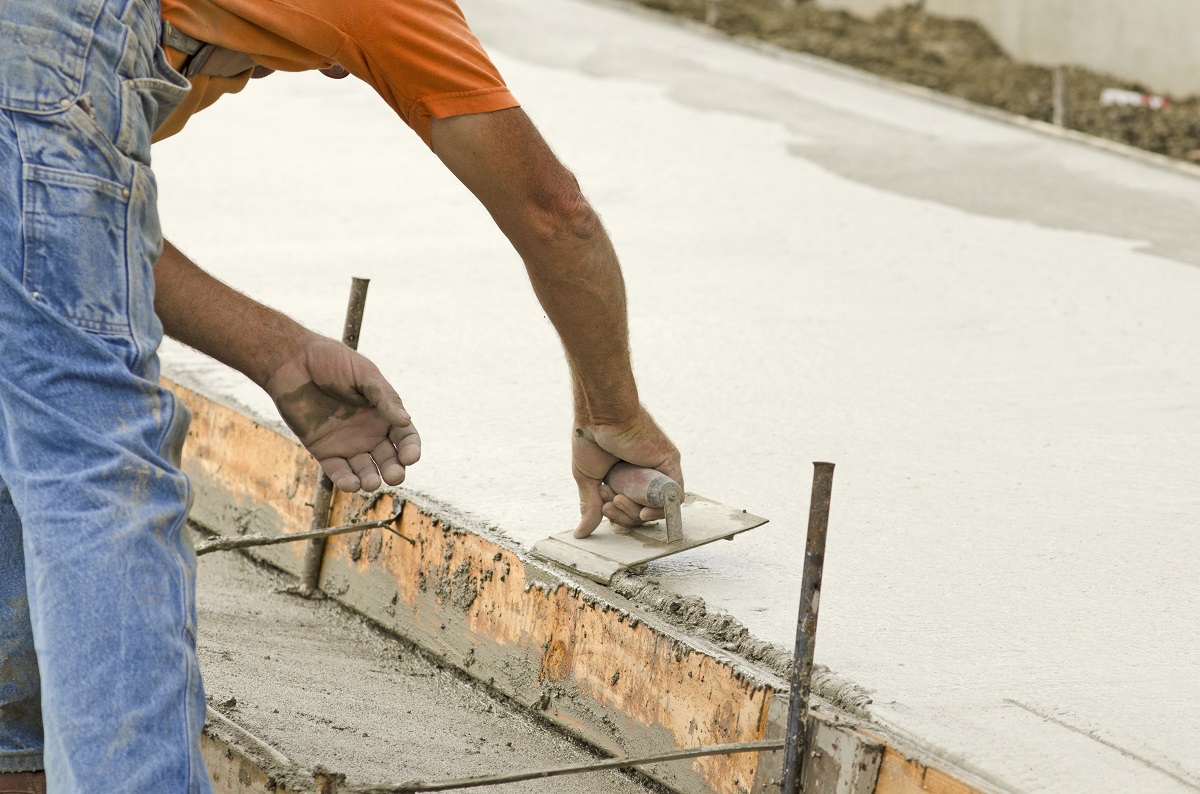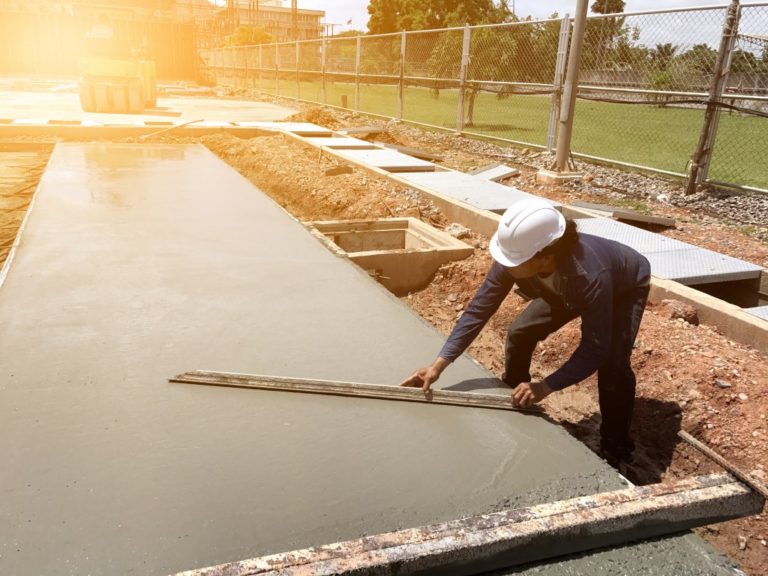Concrete is a universal material for construction projects, but there are still some significant challenges in its application for various structural needs. Knowing its limitations and weaknesses as a material has led to the following methods of effectively addressing those shortcomings for the widespread application of concrete at many sites around the world.
Forming and curing
Anyone who has built with concrete will know that proper curing is critical to the strength of the final product. This can be a tricky process; the right mold is needed to pour and shape the exact volume of wet cement specified. Moisture loss needs to be controlled as it dries; poor hydration leads to a weaker microstructure. Evaporation of water, or disturbances to the mold, can also lead to pockets of air forming in the material; known as voids, these undermine the compressive strength of the finished concrete. To further complicate matters, on-site weather conditions can also have a significant impact on the curing process.
Using the right admixtures, builders are able to address many of these issues. There are water-reducing admixtures, for instance, which allow treated concrete to achieve full strength with a lower ratio of water. Prefabrication techniques also let workers pour and cure concrete under controlled off-site conditions so that the finished product can simply be transported and assembled at the site later on.
Low tensile resistance
You typically associate concrete with strength and durability, but when it comes to structural applications, what we call ‘strength’ can be broken down into more clearly-defined qualities. Different materials excel at specific attributes. Concrete’s particular strength lies in compression resistance; it can support enormous weight loads, making it the ideal material for use in the foundations of buildings. But concrete also has a low tensile resistance, which makes it relatively brittle – anybody can take a sledgehammer and swing it at a concrete wall, and see it crack or break easily.
Tensile forces tend to act in the opposite manner compared to compressive forces; they pull materials apart. Since concrete is essentially a mixture of aggregates, exerting tension on the microstructural level weakens it easily. The standard solution to this problem is using steel reinforcement. Often called ‘rebar,’ this involves casting steel bars with a patterned surface inside the concrete. Steel’s high tensile strength thus reinforces concrete’s weakness, allowing it to accommodate loads in a wider variety of positions.

Porous to water
Homeowners who’ve experienced flooding know that concrete can experience water damage. Over time, standing water, or excessive moisture, can create deformations or weaknesses in this material. Spalling and cracking are typically visible after a flood, unattended leaks, or improper drainage of groundwater have left the basement exposed for too long. On the surface, heavy rain or snow can have the same effect.
Some admixtures are able to improve the finish of concrete to make it less porous, although this may come at the expense of increased curing time. A great solution for finished concrete is to apply waterproof deck coating material with a resin base. This provides long-term protection against the elements as well as other forms of damage, such as chemical spills or abrasion.
Concrete may be a versatile construction material due to its cost-effectiveness, durability, and compressive strength. But only by overcoming its inherent weaknesses have engineers, contractors, and other professionals been able to apply it in almost any type of structure or location.




